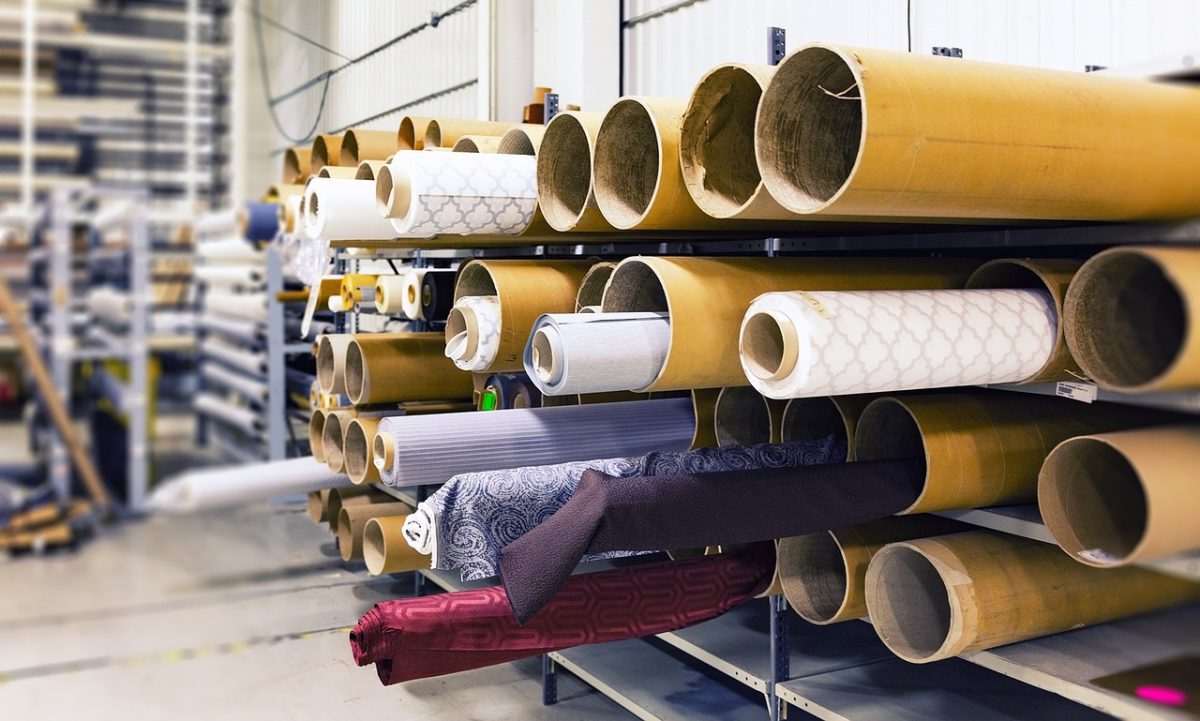The textile industry is looking for high-quality low-cost strategies to differentiate itself and take production ROI into consideration due to growing competition led by high labor expenses.
Problems with the manual approach
Most of the time, in the textile industry, inspecting yarn is done manually, which takes a lot of time and work. Operators stationed at various lines do the check, they have to pick up a variety of goods at random and examine them with their unaided eyes. They determine the fibers’ grade by visual inspection and separate them accordingly. Due to this manual approach wide variety of faults, including stains, deformation, knots, broken yarn, splitting, fuzzy edges, and incorrect color, missed inspections are also rather prevalent. Rule-based vision systems are prone to high rates of incorrect detections and require manual double-checking when errors are irregular or occur in large numbers. Yarn inspection requires a more dependable approach in order to increase labor productivity.
AI-powered solution
Using an AI-powered solution several kinds of yarn flaws may be detected and identified through picture analysis. The AI model can swiftly and precisely find faults to increase detection rates and manufacturing output while lightening the load on manual inspection. The technology can continue to refine the AI recognition process as the amount of accessible data grows and enable the speedy transfer of training results into multiple manufacturing lines.
This involves the use of an appearance tester that tests the samples of yarn taken from the lab. Vectors are defined and utilized as network inputs, and sample photos are taken and preprocessed. Then feed-forward neural networks are employed that had been trained using the back-propagation rule. Better outcomes may be achieved by using a multilayer neural network in conjunction with picture enhancement to estimate various yarn metrics. As a result, a modeling system may be effectively constructed.
Artificial intelligence (AI) can also be used in forecasting yarn properties and dye recipes. By analyzing past data on dye recipes and their outcomes and extrapolating this understanding to the characteristics of new dye recipes, AI may also be used to predict the quality of dye recipes. Machine learning algorithms or other types of AI techniques may be used to achieve this. To identify trends and forecast results, one method is to employ machine learning algorithms, which can be trained on vast datasets of yarns, textiles, and dye recipes. A machine learning model, for example, may be trained on a dataset of fibers with known attributes, such as strength and fineness, in order to predict the characteristics of new fibers. Similar to this, a machine learning model that has been trained on a dataset of well-known yarn attributes like tensile strength and elongation may be used to predict the properties of new yarns.
The advantages of implementing a machine vision system include an inspection accuracy of about 98 percent and each product may be inspected. Overall, the use of AI for yarn property prediction, fiber grading, and dye recipe prediction may assist manufacturers in improving the quality and effectiveness of their processes, resulting in significant cost savings and improvements in product performance.
Our innovators have developed solutions for computer vision for inspection and forecasting yarn properties and dye recipes. Some of these solutions have been successfully implemented at different levels. Please write to us at open-innovator@quotients.com to know more about these solutions.






